On the surface, the differences between extreme sports like kayaking and climbing are obvious. Climbing traverses solid rock while kayaking travels through fluid water. Climbing moves upward against gravity while kayaking moves downward with gravity. Climbing is self-paced while kayaking is paced by the ever-changing speed of the river. Climbers usually place protection and are roped to a partner, while in kayaking there is never any protection or rope—you are always free soloing, even in a group.
As you look closer, however, you see that the two are fundamentally similar, just at different extremes. The implications of this divergence are fascinating.
Kayaking and climbing offer different types of extreme
Consider the pacing. As climbing gets harder, it gets slower. The moves become more delicate and smaller, until a climber at the limit of his ability is hardly moving, balancing on tiny holds. The emphasis is on careful, deliberate movements and precise control of pace, even stopping and reassessing, because if there’s any mistake, gravity takes over.
As kayaking gets harder, it gets faster, more dynamic. The moves get bigger with more power and speed until a paddler at the limit of his ability is hurtling along on exploding water. The emphasis is on reeling it in and riding it out. There is no stopping because in any stout rapid gravity has already taken over.
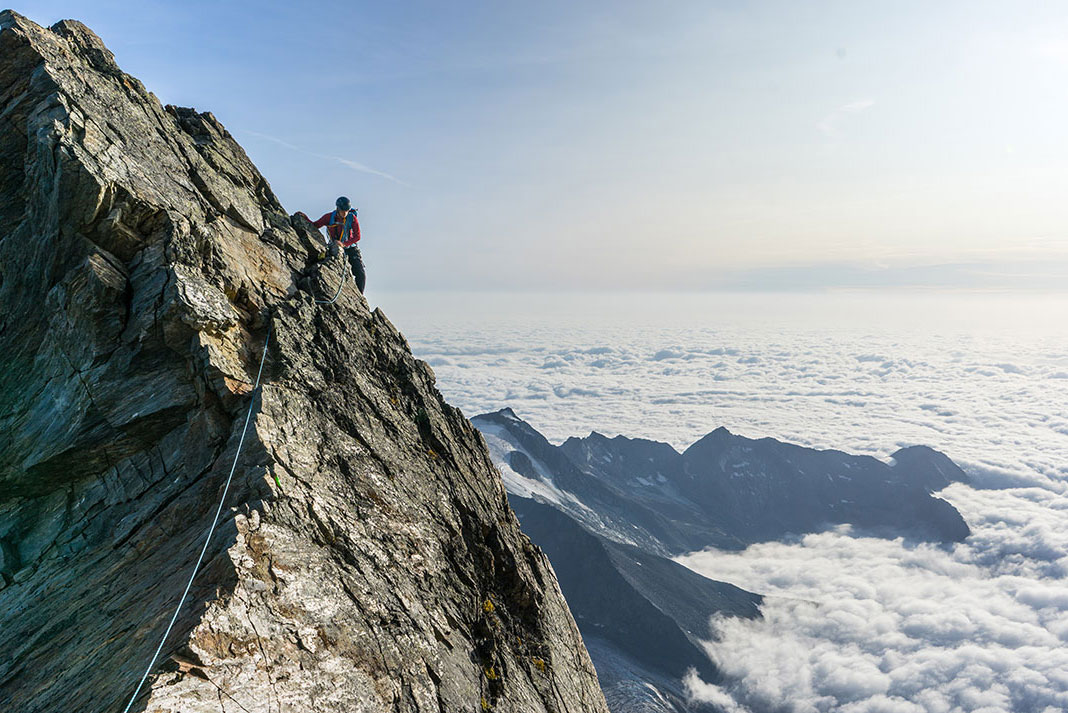
In mountaineering, the slowing of movement with difficulty is exaggerated all the more by altitude. Consider Reinhold Messner’s epic solo of Everest. He speaks of Himalayan mountaineering as “the art of suffering,” and describes the stress of exertion at altitude, lack of oxygen and sleep, inability to eat and hallucinations, with his body breaking down in the “death zone” above 27,000 feet. All the while maintaining his balance, willpower and hold on the skills that allowed him to endure the climb.
Hazards like extreme weather, high winds, frigid cold, falling rock, avalanches and snow and ice conditions vividly grab the imaginations of outsiders. We hear horrific stories such as Maurice Herzog’s ascent of Annapurna, in which he completely froze his hands and feet and then endured crude amputations at basecamp.
What stories do we have to compare to such things? How hard is kayaking next to climbing?
Kayaking keeps time with the river
Threats on the river don’t have the violent and stunning solidity of striking a rock ledge during a fall, where a single impact breaks bones or kills. Instead, we fear the rough hands of the water holding us under, surrounded by a whirlwind of bubbles, as we flail out of breath and grasp at air out of reach.
This is what strikes fear into the hearts of climbers looking at kayakers. In flowing water, we are constantly dealing with a slow motion avalanche. Slow in the sense that it’s not traveling 200 mph, but fast enough to jam us underwater between the rocks, wrap our boat around us, bury us in a watery grave.
Because it is paced by the speed of the river, we can’t go to the limits of our endurance and still paddle hard whitewater. We can’t do it by sheer force of will like Messner did Everest, stopping to take breaths every few steps, strung out, starving and hallucinating, weak and tottering. Endurance in paddling means being able to maintain the power output, acute focus and quick reflexes required by the river. We can’t slow it down.
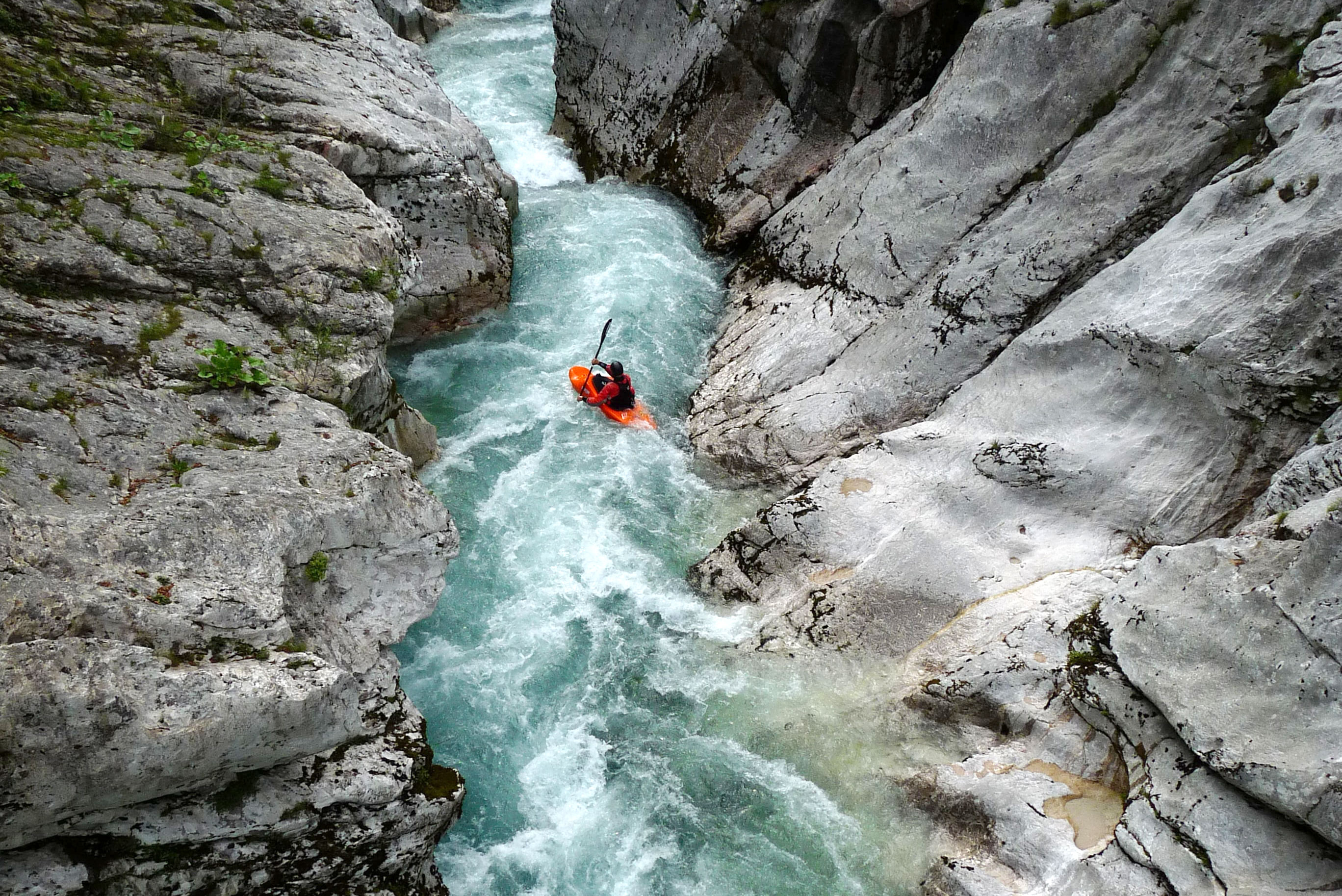
Climbing casualties outpace kayaking
Yet, if there is one chasm between the sports that can’t be bridged, it is the death rate. Statistically speaking, steep creeking, big waterfalls and expedition kayaking are far safer than high altitude climbing.
Over 40 climbers and sherpas lost their lives before Hermann Buhl reached the summit of Nanga Parbat. Twice, more than 10 of the world’s best climbers perished in storms on K2. For every five climbers who reach the summit of Everest, one dies. There is nothing like that in kayaking. Are we wimps? Let us be thankful for that.
If mountaineering is the slow art of suffering, then whitewater kayaking is the fast art of right here, right now. Both sports deal with the limits of control, but at opposite ends of the spectrum. Climbing breeds a more contemplative view of the world, while kayakers are like the hyperactive, attention deficit younger brothers.
Doug Ammons has been a world-class kayaker for 25 years and is a PhD in psychology. He was named “one of the 10 greatest game changers in adventure since 1900” by Outside magazine for his audacious Class V solo expeditions. Also on Outside’s list, for his mountaineering exploits, was Reinhold Messner.
Kayaking and climbing offer different types of extreme sport. | Feature photos: Marko Petek and Jef Willemyns/Unsplash



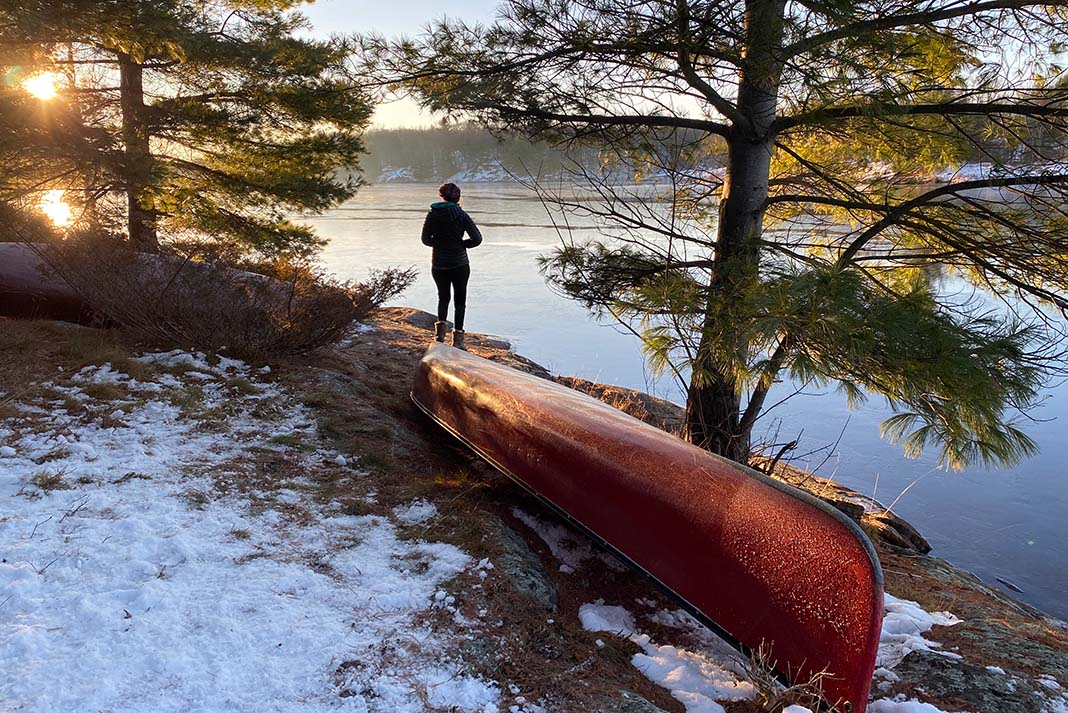
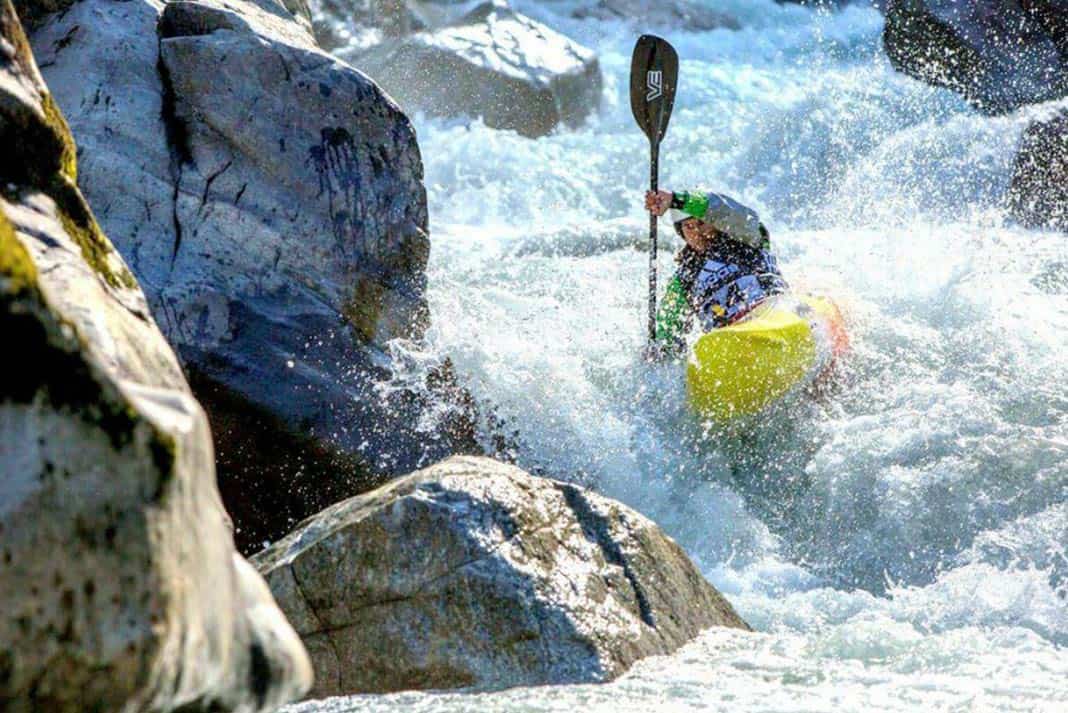
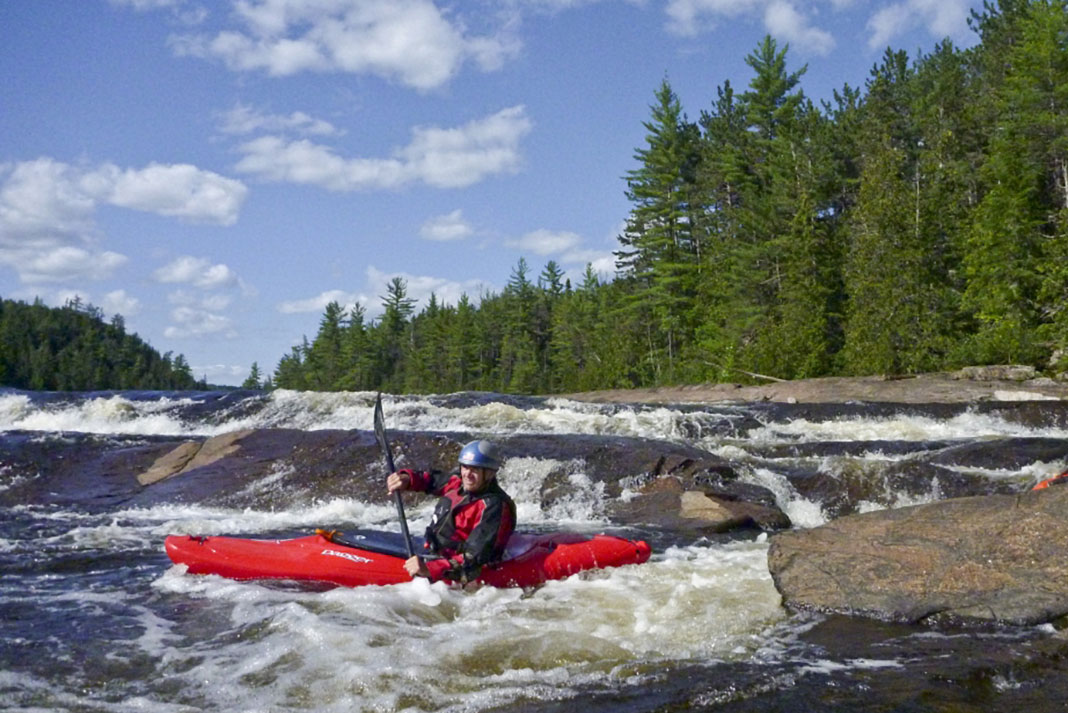
 This article was first published in the Spring 2011 issue of Rapid Magazine.
This article was first published in the Spring 2011 issue of Rapid Magazine. 
The conclusion is wrong. Rock Climbing death rate is 3 per 100k per year, whereas whitewater rates are 3 per 100k per DAY!